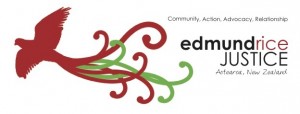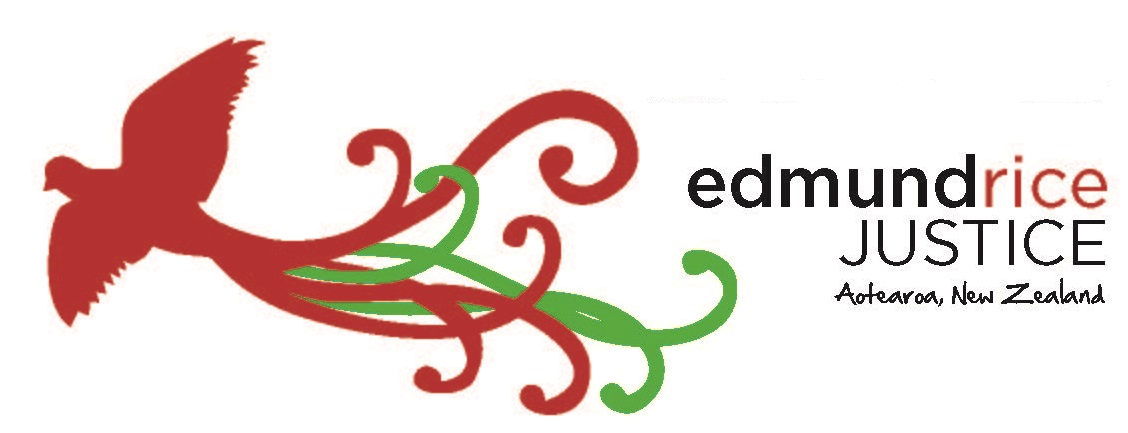 Restorative Justice is a voluntary and personal process that puts people back into the centre of the process. It is a choice of everyone to be involved in the process and each and every circumstance is particular to the individual.
Restorative Justice is a voluntary and personal process that puts people back into the centre of the process. It is a choice of everyone to be involved in the process and each and every circumstance is particular to the individual.
There are two main types of Restorative Justice:
- Restorative Justice in the Criminal Justice System – this is a conference between the individual and the victim, with their support people. The facilitators will assist the victim and the offender in talking about the offense and the issues around it. The victim can talk about the offense affect them and how the harm can be repaired, the defendant has a chance to accept responsibility and can offer to try to put things right.
- Restorative Justice in Education – this process puts into action the respectful relationships in the educational experience. Strong and caring relationships are important in solving problems and having mutual respect. The process is a way of building, maintaining and restoring relationships and is dependent on a social climate that is reparative rather than punitive. Restorative conferences can occur in schools for high-end issues around serious misconduct and harm through to low-level daily interactions.
Te Kaupapa Whakaora – a partnership between Te Ropu Kaitiaki – Edmund Rice/Edmund Rice Justice Aotearoa,
Victim Support New Zealand, and Pathways Reintegration.
Background
Te Kapapa Whakaora was launched by Judge Saunders in Christchurch in 2012.
The project is a partnership between Edmund Rice Justice Aotearoa, Victim Support New Zealand, Pathways Reintegration and Community Law. It provides restorative justice conferences to victims and offenders post sentence.
As a post sentence provider generally the offending involved is of a high level nature such as murder, manslaughter or offending of a sexual nature. This type of restorative justice is not currently funded by the Ministry of Justice or Corrections despite the high level of positive feedback from participants on how worthwhile the process has been in healing the harm and assisting participants in moving forward after serious offending has occurred.
Jackie Katounas is currently the lead facilitator and has around 20 years of experience as a restorative justice facilitator particularly in prisons previously with Prison Fellowship.
Process
See the Key Partner Roles here.
Applications are accepted from both victims and offenders of crime.
Pathway Reintegration is a prisoner reintegration service and support offenders through the process once an application is received.
Victim Support provides support for victims through the process and funding for victims to travel if they live out of town and accommodation.
The restorative justice facilitation is provided by Edmund Rice Justice Aotearoa. This has been Chris Nolan and Jackie Katounas. A report is completed which is given to participants and the parole board if requested.
The Future
The project is in a great place to continue long into the future mainly due to the robust process provided by the partnership.
Te Kaupapa Whakaora has provided both victims and offenders of very serious crimes an avenue to address the harm caused and to assist the healing process. The feedback has only ever been positive from both victims and offenders even in the most horrific circumstances.
See Tui Motu article link.
http://www.tuimotu.org/2014/3/eye-for-eye-makes-the-world-blind
This project also helped put Edmund Rice Justice on the map in this field. It is cutting edge work and is recognised nationally. Presentations about the project have been made at the International and National Restorative Practises Conferences, and to other organisations such as Schools and justice groups.
Interview from Restorative Justice Aotearoa with Chris Nolan from ERJ Christchurch
ERJ works in the unique postsentence environment. What are the particular challenges of working from this end that perhaps don’t occur in presentence RJ? Or, in your opinion are they similar?
The process is essentially the same as presentencing restorative justice. The challenge as I see it is making restorative justice available to everyone who wishes to engage with the process regardless of what stage of the justice system they are involved in.
The public perception of presentence RJ is often that offenders are motivated to participate to earn them an easier time in court. What do you believe is the motivation for offenders participating in postsentence RJ? What do you think the fact that offenders do choose to participate in postsentence RJ says about the RJ process?
We receive referrals from both victims and offenders. Offenders often wish to engage in post sentencing RJ to close a chapter of their life and to move on. It can often be a chance for closer for offenders as well as victims. Restorative justice can form an important part of an offender’s reintegration into the community.
We find that some victims may not be ready to engage with an offender through restorative justice during the court process and more time is needed to engage constructively, particularly when more serious offending has occurred. We are often clearing up misunderstandings that have arisen from the adversarial court process.
What is the most rewarding aspect of your work?
When participants talk of the positive impact RJ has had for both offenders, victims and their whanau.
What do you think is responsible for ERJ’s RJ success?
The post sentencing RJ involves a structure that includes Victim Support New Zealand and Pathways Charitable Group which is a Prison reintegration service. This structure ensures everyone is supported through the process which can be difficult for both victims and offenders, particularly when more serious offending has occurred.
Our success can also be attributed to the expertise of Jackie Katounas who is one of our facilitators. Her experience in restorative justice particularly in the prison environment is invaluable.
What are the most crucial social justice issues that you hope will be addressed by the new government?
Child poverty, youth justice initiatives that provide alternatives to imprisonment and the investment and expansion of restorative justice initiatives and restorative practices.
How can people become involved with the ERJ?
Edmund Rice Justice is looking at building its volunteer base. Currently there are ER Aotearoa volunteers who are involved in prison visitation especially of prisoners who receive no visitors. The Trust is establishing a part time position
